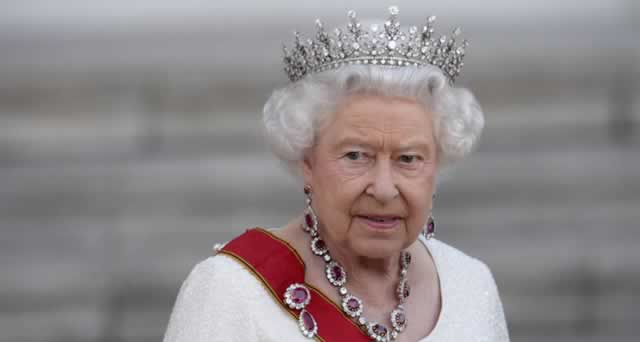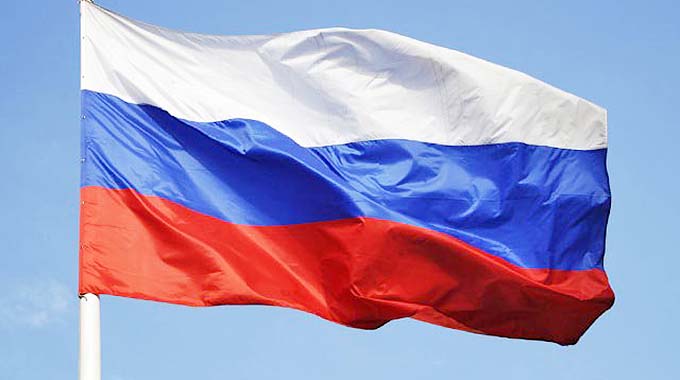Syria receives largest aid delivery yet as talks falter

 Beirut. – Aid groups launched their largest aid delivery yet in war-torn Syria yesterday after the UN evacuated hundreds of besieged residents, intensifying relief efforts even as peace talks falter. The two major operations were a rare sign of humanitarian progress in Syria, where the brutal five-year war has left 270 000 dead as a partial ceasefire hangs by a thread. The dire humanitarian situation had even stalled UN-backed peace talks in Geneva, with the opposition walking away in frustration at sieges and attacks on civilians.
Beirut. – Aid groups launched their largest aid delivery yet in war-torn Syria yesterday after the UN evacuated hundreds of besieged residents, intensifying relief efforts even as peace talks falter. The two major operations were a rare sign of humanitarian progress in Syria, where the brutal five-year war has left 270 000 dead as a partial ceasefire hangs by a thread. The dire humanitarian situation had even stalled UN-backed peace talks in Geneva, with the opposition walking away in frustration at sieges and attacks on civilians.
UN envoy Staffan de Mistura told reporters gathered in Geneva that yesterday’s developments showed modest but real progress .If humanitarian aid increases, as there should be, and the cessation of hostilities goes back into what we consider a hopeful mood, that would certainly help the political discussions, he said.
Aid groups yesterday began delivering medical and food aid to 120 000 people in and near the besieged rebel-held town of Rastan. Pawel Krzysiek, spokesman for the International Committee of the Red Cross, said it was the largest joint humanitarian convoy we have done in Syria so far .
He said ICRC and Syrian Arab Red Crescent teams were assessing the water and waste infrastructure, as well as the nutritional needs of residents.
What’s most striking are the vast farming lands, unused because of insecurity, he told AFP, who was travelling with the convoy.
The last ICRC delivery was in 2012, the same year rebels seized the town in central Homs province.
Both rebels and regime have used besiegement as a weapon of war in Syria, and more than four million people live under siege or in hard-to-reach areas.
Yesterday, the UN completed a major evacuation of hundreds in urgent need of life-saving medical attention and their families, from four other besieged towns, two held by the government and two by rebels.
The carefully synchronised operation began late Wednesday and lasted throughout the night.
It saw exactly 250 evacuees brought out of the besieged rebel-held towns of Madaya and Zabadani near Damascus and then transported to Idlib city.
The same number left Fuaa and Kafraya, pro-government towns under siege by Islamist rebels, and travelled to the regime’s coastal bastion in Latakia.
Such operations can take weeks to organise, although rebels, regime forces and even jihadist groups have been ready to strike local deals to enable aid deliveries or large-scale evacuations.
Jihadist factions like the Islamic State group and Al-Qaeda are not party to an increasingly strained truce between the government and non-jihadists rebels.
The cessation of hostilities came into force on February 27 and initially saw a significant reduction in bloodshed.
Although none of its signatories have officially declared the truce dead, violence has surged in recent weeks, particularly in Idlib province and the battleground northern city of Aleppo.
On Tuesday, suspected government strikes on the Idlib province towns of Maaret al-Numan and Kafranbel hit two markets, killing at least 44 civilians, according to the Observatory.
The strikes drew a furious reaction from the opposition High Negotiations Committee (HNC) which said they vindicated its decision to suspend its participation in the Geneva talks.
The Observatory reported new air strikes yesterday against rebel-held towns in Homs province in central Syria that are covered by the truce.
Some of the strikes involved barrel bombs, crude munitions infamous for their indiscriminate nature, the Britain-based watchdog said.
The UN, as well as Russia and the United States – which brokered the truce – are desperate to see it hold long enough to secure a negotiated settlement of the five-year conflict.
But the walkout by the HNC has left a political solution increasingly distant, and has emboldened the government delegation to take a tougher line.
The HNC’s members were set to all leave Geneva by Friday, an opposition official told AFP. – AFP.










Comments